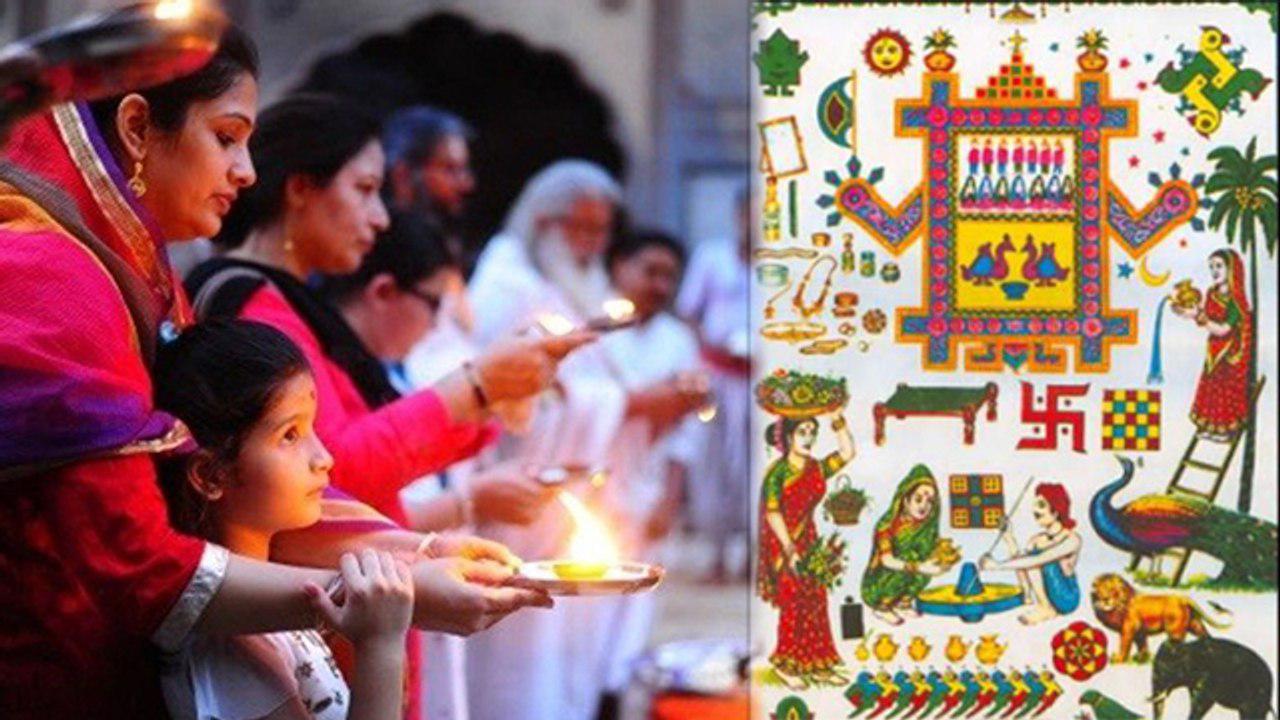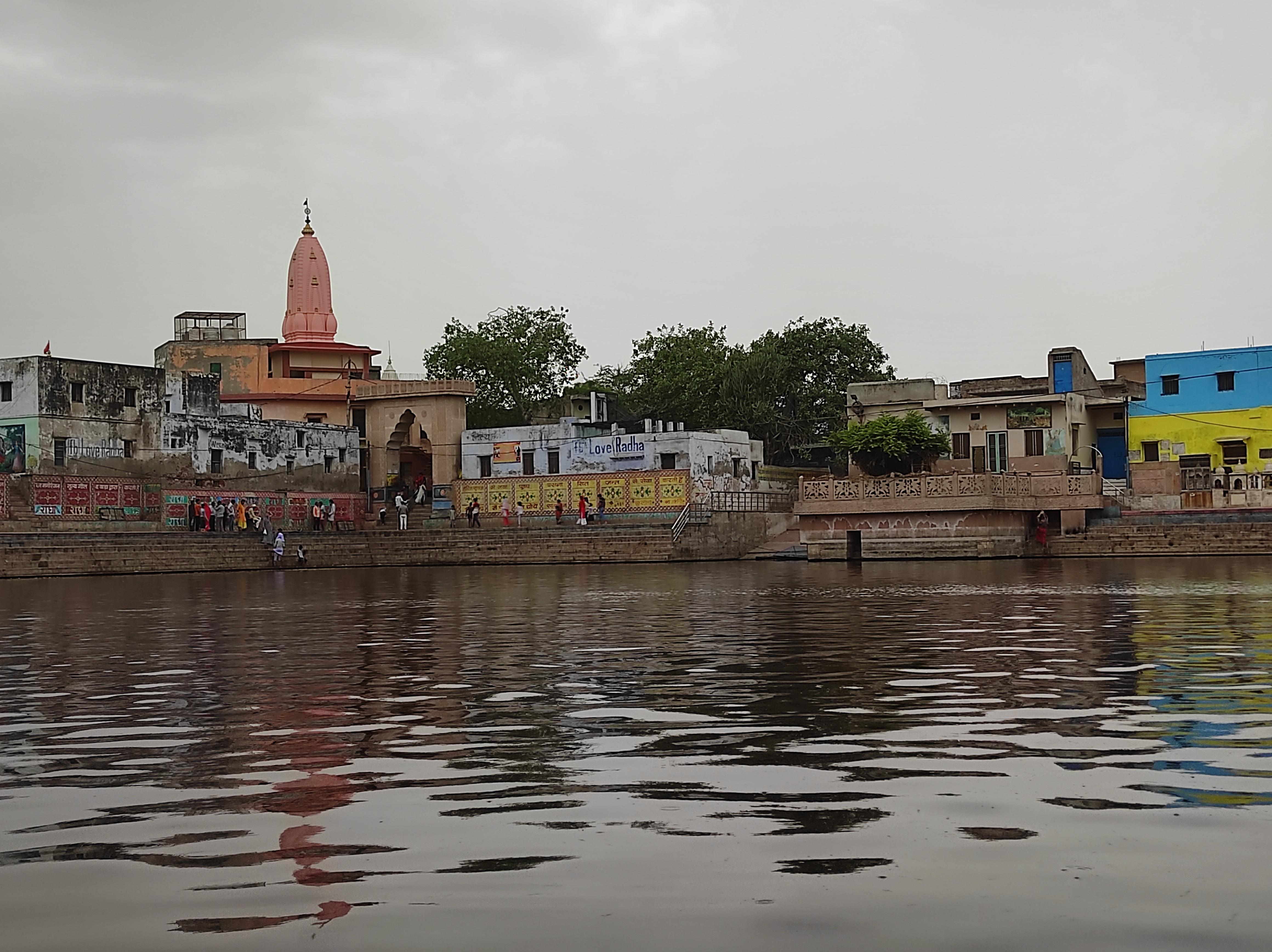Ahoi Ashtami
Shaktism is a major sect of Hinduism wherein the metaphysical reality is considered to be a woman, and the primordial cosmic energy, Shakti, occupies the place of the godhead. The word Shakti is derived from the Sanskrit word Shakta, the creator of energy.

Shaktism views the Devi as the source, essence and substance of everything in creation. Many Hindus worship Shakti as the divine mother who calls for absolute surrender. Shaktism involves many goddesses, all being regarded as different aspects or manifestations of the same supreme goddess Shakti. The pantheon of goddesses and the various ways of worshipping from Durga to the gracious Parvati, Lakshmi, Saraswati and the fierce Kali to certain regional sub-traditions is overwhelming. The long festive season in India during the latter half of the year includes some of the most prominent festivals which are socio-cultural in nature.
Ahoi Ashtami is a Hindu festival celebrated about 8 days before Diwali on Krishna Paksha Ashtami in the northern & western parts of India especially.

The Sanskrit words "Aho" means day and "Ashtami" is the eighth day, are the roots of the word Ahoy. Thus, the eighth day of the month of Kartik is set aside to observe Ahoi Ashtami/Ahoi Aathe.
Hindu Mothers fast from sunrise to sunset on this auspicious day praying for the longevity, health & wealth of their offspring. Ahoi Mata is none other than Goddess Lakshmi. The significance of Ahoi Ashtami lies in the selfless love and unconditional care that mothers bestow upon their children.
An offshoot of this festival is "Krishnashtami" where childless women pray to The Goddess and bathe in the hallowed Radha Kund in Mathura, which is connected to Lord Krishna and his beloved Radha. Devotees from far-flung places throng to Radha Kunda to take a holy dip in the sacred pond during Arunodaya i.e. just before sunrise and pray to Kushmanda devi who created the universe from cosmic energy.

According to the Hindu Scriptures, Radha Kund was created when Lord Krishna killed Aristasura who was a demon in the form of a bull. The bull belonged to the cow herd of Sri Radha who asked Shri Krishna to purify himself & atone for killing a sacred animal by taking a holy bath in all the sacred rivers. Krishna laughed and struck the ground with his foot whereupon all the river goddesses emerged in front of them and filled the ground with their water. Krishna bathed in this kund (temple tank) to please Radha.
The festival's significance lies in its deep-rooted traditions and the Mothers who observe this fast also atone for their previous transgressions and seek redemption.
In India, Goddess worship is an extraordinarily spiritually and psychologically mature tradition to which Hindus turn every day with a heartfelt yearning for the Mother of the Universe.
The divine Mother continues to be worshipped in India as the power that nurtures the seed and brings it to fruition. This basic reverence of the Indian Hindus affirms that man is really dependent on the woman for she gives life, food and strength.
Comments (4)




